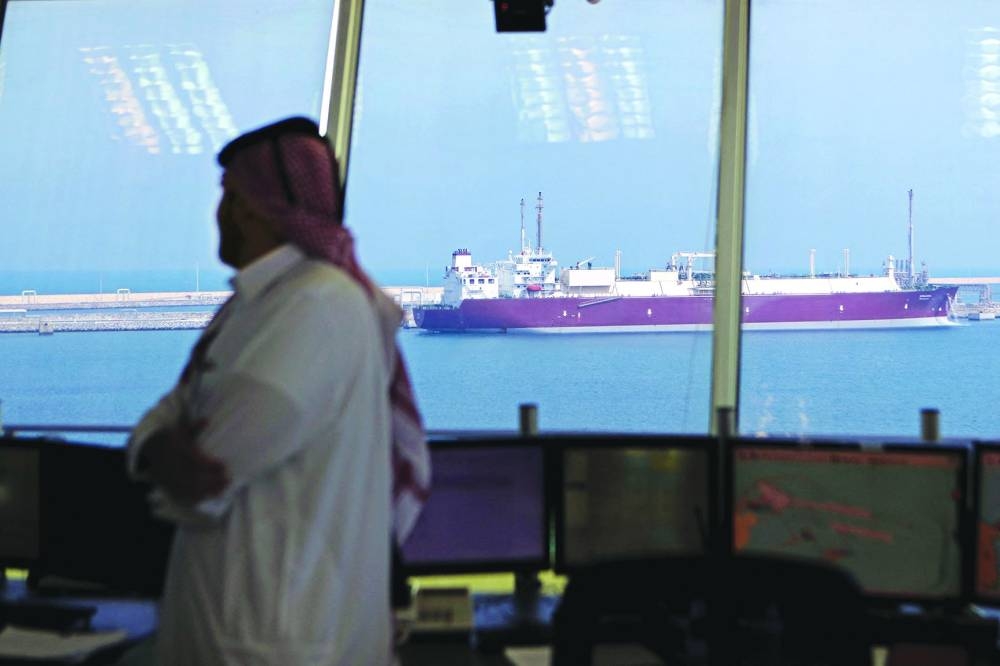Principal market for Qatari LNG continues to be Asia, accounting for 72% of its total supplies in 2022, Doha-based Gas Exporting Countries Forum (GECF) said in a report.
Qatar accounted for 16% of European LNG imports in 2022, GECF said in its ‘Global Gas Outlook 2050’.
In 2022, net gas exports from the Middle East amounted to 139 bcm. Projections indicate a significant surge in overall net exports to 292 bcm by 2050.
In 2022, the Middle East contributed 96mn tonnes to global LNG exports, representing 25% of the total global LNG exports.
Qatar secured the top position as the leading global LNG exporter, shipping 79mn tonnes, while Oman and the UAE exported 11mn tonnes and 5.5mn tonnes respectively.
“Notably, Qatar supplied 16% of European LNG imports. However, Europe only represented 24% of Qatar’s overall LNG exports, while the principal market for Qatari LNG continued to be Asia, accounting for 72% of the total,” GECF said.
According to the forum, the “primary force propelling natural gas exports” from the Middle East is set to be growth in LNG supplies, notably led by Qatar.
The upward trajectory of Qatar’s position as a leading global LNG exporter in 2022 indicates a growing momentum towards additional expansions or advancements post-2030s and 2040s following the North Field expansion projects.
With ambitions to increase its current capacity of 77mn tonnes per year by 64%, Qatar aims to reach 126mn tonnes per year through the North Field expansion by 2028.
By 2050, LNG exports from the Middle East will reach 205mn tonnes, largely due to the expansion efforts in Qatar. Anticipated long-term LNG imports are predicted to reach 16mn tonnes by 2050.
Consequently, the long-term outlook suggests an expansion of LNG net exports to reach 189mn tonnes. Primary destination for Middle Eastern LNG is expected to continue being Asia, with that region set to have an even more significant role in the long run.
By 2050, GECF noted, the Asia Pacific region is poised to receive 186mn tonnes of LNG sourced from the Middle East, constituting over 90% of all LNG exported from that region.
The region possesses 101mn tonnes per year of liquefaction capacity, primarily dominated by Qatar’s 77mn tonnes per year. Plans are in progress from 2022 to 2050 to add approximately 130mn tonnes per year of extra LNG liquefaction capacity to the region, with Qatar leading expansion efforts.
The utilisation rate of this increased LNG liquefaction capacity is projected to be high, surpassing 90% by 2050, GECF said.
Business
Asia continues to be 'principal market' for Qatari LNG: GECF
Principal market for Qatari LNG continues to be Asia, accounting for 72% of its total supplies in 2022, says Gas Exporting Countries Forum

A view of the Ras Laffan Industrial City, Qatar's principal site for production of liquefied natural gas and gas-to-liquids (file). The upward trajectory of Qatar’s position as a leading global LNG exporter in 2022 indicates a growing momentum towards additional expansions or advancements post-2030s and 2040s following the North Field expansion projects, according to the GECF.

